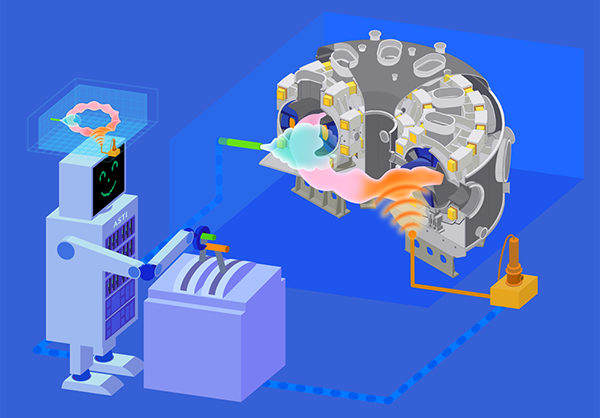2024-01-25 カリフォルニア大学バークレー校(UCB)
◆この機械学習手法は、現存の地理学的特性に基づく従来の分析よりも正確であり、規制の予測が月単位の不確実なプロセスを待つことなく、1年間で約10億ドルの許可コストを節約できる可能性があります。研究は、環境政策の理解を向上させ、将来の治療法の開発に寄与するとされています。
<関連情報>
- https://nature.berkeley.edu/news/2024/01/white-house-rule-dramatically-deregulated-wetlands-streams-and-drinking-water
- https://www.science.org/doi/10.1126/science.adi3794
機械学習が、水質浄化法が規制する河川、小川、湿地を予測する Machine learning predicts which rivers, streams, and wetlands the Clean Water Act regulates
SIMON GREENHILL , HANNAH DRUCKENMILLER , SHERRIE WANG, DAVID A. KEISER , […], AND JOSEPH S. SHAPIRO
Science Published:25 Jan 2024
DOI:https://doi.org/10.1126/science.adi3794
Editor’s summary
The Clean Water Act is a defining piece of environmental legislation in the US, but the waters that it protects from pollution have never been clearly defined. Greenhill et al. developed a machine learning model that uses geospatial data to predict which waters are covered by the Clean Water Act and trained and tested the model with jurisdictional determinations from the US Army Corps of Engineers. This work provides an estimate of the extent of protected waterways, as well as an understanding of the effects of Supreme Court and White House rules that have reinterpreted or changed the regulation. For a subset of sites with high predictive accuracy, their model can also act as decision support tool to expedite permitting. —Bianca Lopez
Abstract
We assess which waters the Clean Water Act protects and how Supreme Court and White House rules change this regulation. We train a deep learning model using aerial imagery and geophysical data to predict 150,000 jurisdictional determinations from the Army Corps of Engineers, each deciding regulation for one water resource. Under a 2006 Supreme Court ruling, the Clean Water Act protects two-thirds of US streams and more than half of wetlands; under a 2020 White House rule, it protects less than half of streams and a fourth of wetlands, implying deregulation of 690,000 stream miles, 35 million wetland acres, and 30% of waters around drinking-water sources. Our framework can support permitting, policy design, and use of machine learning in regulatory implementation problems.




